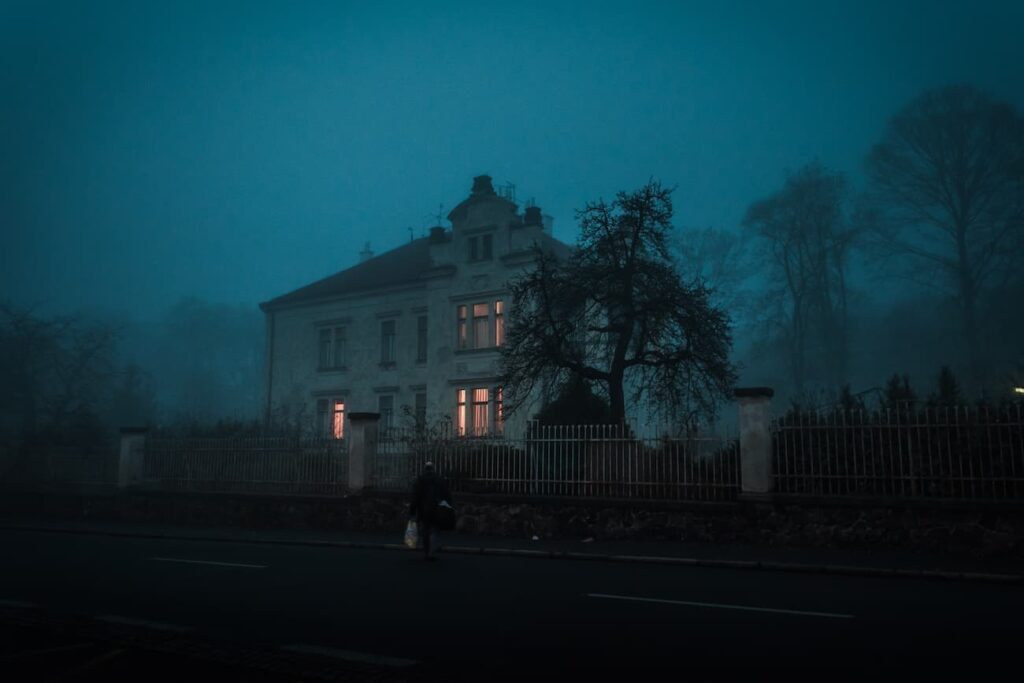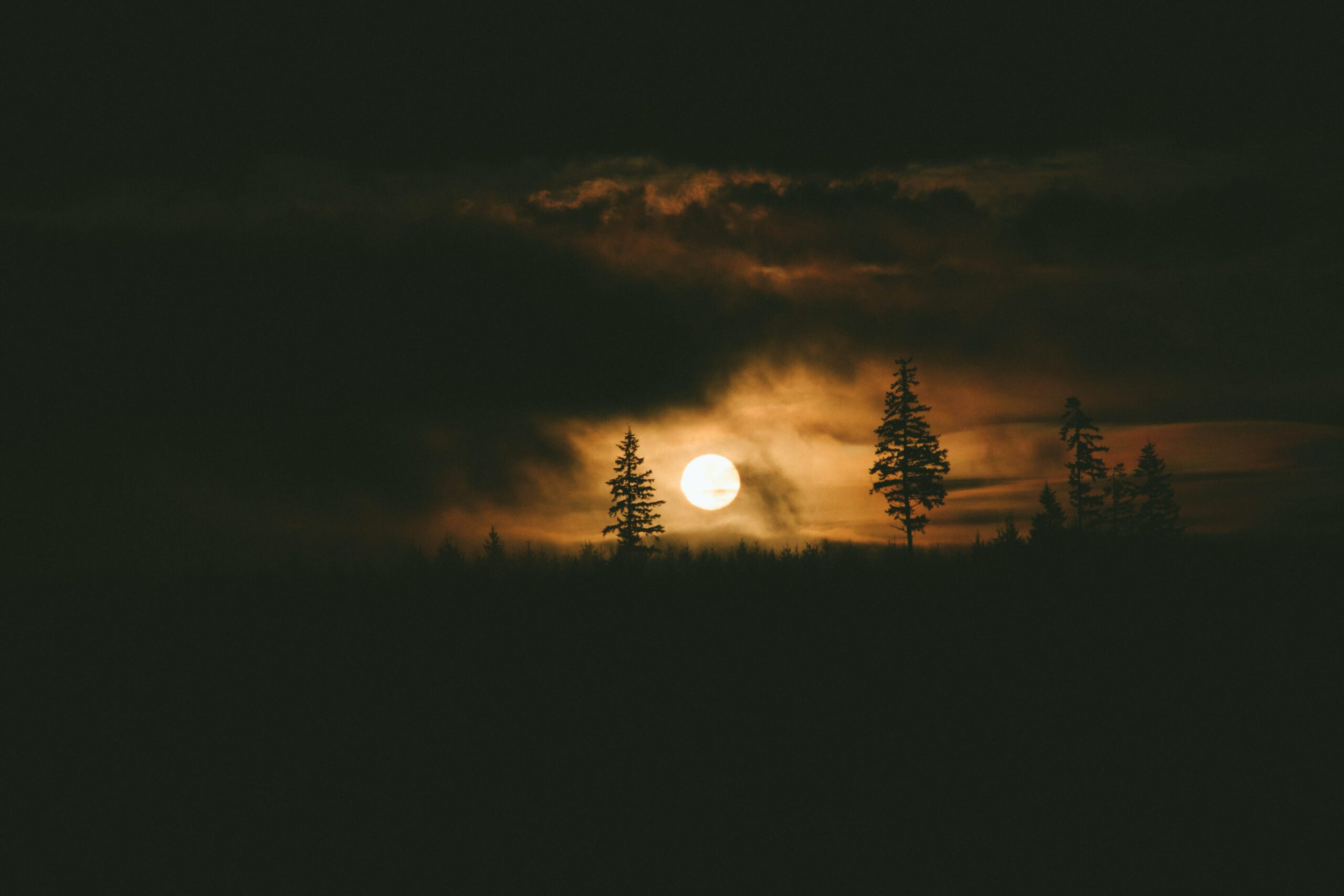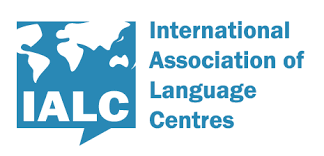Halloween It is perhaps one of the best-known festivals in the world, largely thanks to the cinema. It is celebrated on the night of October 31, but a month before −especially in English-speaking countries such as the United States, Canada, Ireland or the United Kingdom− private houses, public buildings and commercial premises are already decorated with pumpkins, cobwebs, skeletons, bats...
The predominant colors are orange and black and, depending on the places, different activities are carried out; for example, costume parties, trick-or-treating or gatherings around the fire to tell scary stories. What perhaps not all people know is the origin of this popular festival. Some theories maintain that its roots are found in certain traditions of Celtic culture, which later merged with elements of Christianity, until reaching our days as we know it. The word Halloween would be short for All Hallows' evening o Night of All Saints. In Latin America this celebration is also known as Halloween.

Witches in the Basque Country
All the brujas they have always been very present in the folklore of the Basque Country, the region where San Sebastián is located. Many witchcraft stories are told dating back to the Middle Ages; some are legend and others really happened. Among the most famous and documented cases is the one that occurred in the Navarre town of Zugarramurdi during the XNUMXth century. Several wizards and witches were discovered and sentenced to die at the stake. The cave where they met to celebrate the coven, its rituals and spells invoking the devil, are today a place of tourist attraction.
This episode has been the subject of much academic research and has left its mark on our culture in different ways.
To learn more:
- Anthropology. Julio Caro Baroja, anthropologist, historian, linguist and folklorist, was one of the authors who did the most research on the subject. Their books witchcraft you goca (1975) and The witches and their world (2003) are reference works.
- History. The witches of Zugarramurdi (2013), book by the professor of the University of the Basque Country Mikel Azurmendi.
- Music. The Basque popular songbook includes many of these witch stories.
- Gastronomy. Akelarre, is the name of the restaurant of the famous Basque chef Pedro Subijana. It is located on the slope of Monte Igueldo in San Sebastián. It has 3 Michelin stars.
- Cinema. The witches of Zugarramurdi (2013). Film by Alex de la Iglesia. Akelarre (2020), winner of 5 Goya Awards.
- Art. The coven It is a painting by Francisco de Goya that evokes the story of the witches of Zugarramurdi.
As you can see, stories about witches, fear and superstitions are part of the Basque popular tradition. Are there similar elements in your culture? Come and tell us. In Lacunza IH we always enrich ourselves with intercultural encounters that take place in our school.

The Fantastic and Horror Film Festival
And finally, we would like to make a recommendation. Of 29 from October to 5 from November, will be held in San Sebastián the 32nd Fantastic and Horror Film Week. If you share with us the taste for this genre, you cannot miss this event. In addition to movies, there will also be concerts and exhibitions throughout the week. On the official website: https://www.sansebastianhorrorfestival.eus/2021/ You will find all the information, as well as curiosities about previous editions of the Festival.






